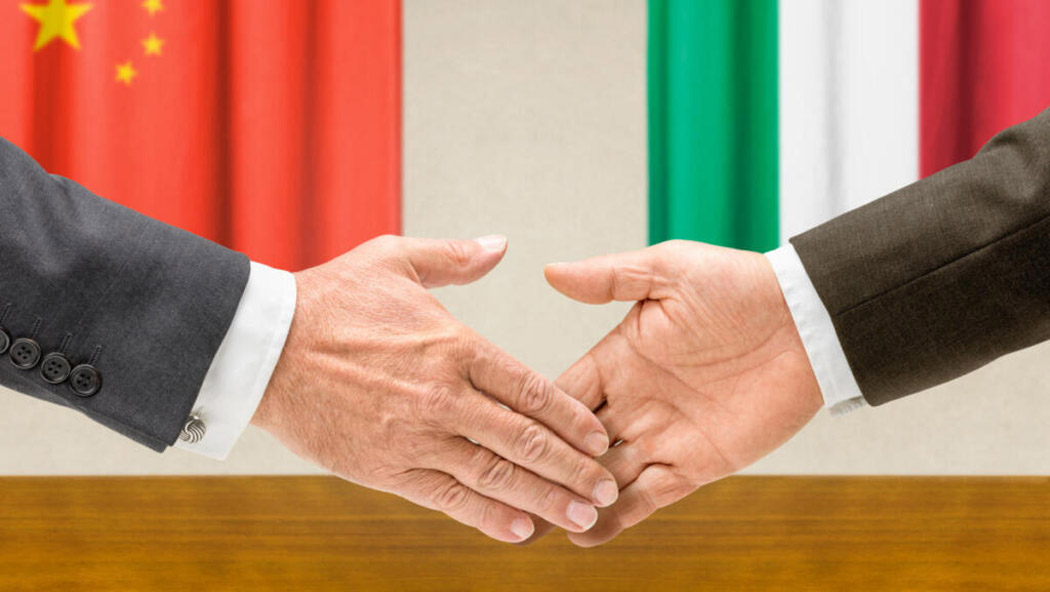When enjoying viewing some Chinese sculptures or paintings in National Art Museum in China, I always feel confused until I read the small tag of introduction or description of the work.
The desire to understand artists’ creation, its method and aim, has pushed me to do some research. I’ll share with you some interesting stories that happened since last century, so when you travel to Beijing and visit some museums or galleries, you can better understand Chinese contemporary art!
When we talk about contemporary art, we cannot neglect its locality and the period of its generation. Each particular kind of art belongs to a specific period of history and tells a story of that time.
From the May 4th New Cultural Movement to the end of Cultural Revolution in the last century in China, modernist art with Chinese characteristics became the dominant trend of Chinese art of the day. It appeared in the double tensions of the atmospheres of social and ideological revolution, upholding the spirit of realism and proactively integrating into society, elements which showed great pioneer spirit.
After suffering during the Cultural Revolution, all the wounds of the nation needed to be healed. At the time, artists started to reconsider the recent history and criticize reality so as to express their sorrow. So in the late 1970s, “Scar Art”, ”Stars Art Exhibition”,”85 New Wave” and then ”89 Modern Art Exhibition” emerged in succession, which represented artists’ thoughts and artistic approach.
Chinese avant-garde art has always been closely linked with the political system and social life. So most of the artists have taken humanitarian concerns and rural life as subject to create art.
When we review Chinese contemporary art history, “Stars Art Exhibition” is regarded as the beginning of the movement, which was initiated by several young men in 1979 as a way to express their individuality. When “The 30th anniversary of the founding of the National Arts Exhibition” was displayed in the National Art Museum of China, people were more deeply attracted by the artworks which were spontaneously hung in the street, outside of National Art Museum. Young artists exhibited their oil paintings, sculptures, woodcarvings and other artworks.
This exhibition was non-official and seemed ‘weird’ compared with the one inside the National Art Museum. Its unique art theme and material astonished those who were used to “Cultural Revolution” art style. It could be the first time for most of the audiences to see something totally new and different from their precognition and artistic training.
The Chinese new art wave was inevitably influenced by western art. Since 1990s, Chinese traditional cultural symbols were used ‘mechanically’ to attract more western curators. I think that they wanted to copy western art patterns and were eager to find the western painting language, and then enter the western market. Through “Political Pop” and “Gaudy Art”, artists criticized reality and policy.
The contemporary art trend built the base of the appearance of art zones. In 1990s, Chinese art and artists were in an embarrassing condition. They received no support from government or society. In order to avoid outside interference, the so-called radical artists groups gathered together searching for a place where they could survive and create artworks.
In Beijing, there have been the Imperial Palace Art Zone, East Village Art District, 798 Art Zone, Songzhuang Art Zone and Blackbridge. Each art district has its own history that I will discuss at another time.
I think that the development of Chinese contemporary art is essentially a process of arousal of people’s social ideology. Artists were rethinking the social system, and they had the desire for social appeal. They struggled and stumbled in the dark in order to find the light. It is those artists who gave a voice to the society and fulfilled their social mission. And now we can see that there exists a diversity of forms of art in China.








Follow us